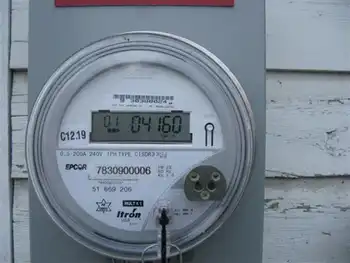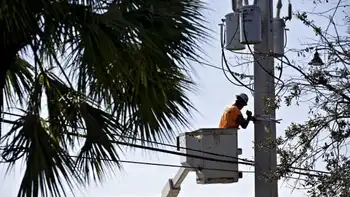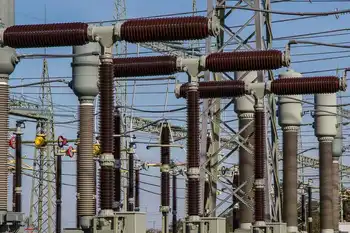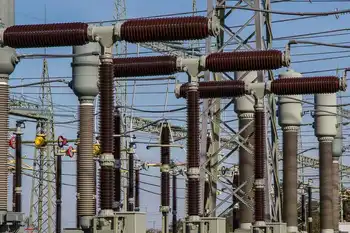Mississippi Power changes plans for plant
The plant will now be designed to capture 65 percent of carbon emissions from converting so-called brown coal, or lignite, into gas fuel. The original plan was to capture half of the carbon that would be stored underground, said Todd Terrell, the utility's director of corporate communications.
Terrell said the change was a pre-emptive move because the next round of DOE grant funding would hold applicants to a 65-percent standard. The utility already has received a $270 million DOE grant and $133 million in investment tax credits under the National Energy Policy Act of 2005.
"When we looked at the whole project, to go back and try to get federal funds to get to 65 percent would mean that you're tearing down new stuff," Terrell said in an interview.
Terrell also said the utility was negotiating with an oil company to purchase the carbon dioxide, but he declined to name the company or release details about the proposed contract. Oil companies pump carbon dioxide into oil reservoirs to flood the system and force petroleum to the surface.
Terrell and other utility representatives have begun meeting with community leaders ahead of state Public Service Commission hearings scheduled for October 5-8 over whether the plant is needed. The facility would be an integrated gasification combined cycle (IGCC) plant that converts locally mined lignite, a lower-grade of coal with a higher moisture content, into a gas to generate lower-emission electricity.
The utility said the plant will create 260 permanent jobs and 1,000 jobs during the construction phase.
Louie Miller, executive director of the Mississippi chapter of the Sierra Club, said he'll testify the plant is unnecessary.
Miller said Mississippi has 12 "clean natural gas plants," which produce 7,993 megawatts of powers.
"If these plants are on the ground and they're idle approximately 85 percent of the time, why aren't we utilizing those plants?" said Miller, who noted that the Kemper County plant would produce 585 megawatts of power.
But Terrell said the lignite plant would help the utility decrease its dependence on natural gas, a growing expense that's passed along to ratepayers. The fuel adjustment on customers' bills in 2008 was up 9 percent.
"We want a more stable fuel source and we believe we have found that in lignite," said Cindy W. Duvall, a spokeswoman for the utility.
Lignite is a low-form of coal that has a higher percentage of moisture. The utility said more than 4 billion tons of lignite are underground in Kemper County, and it has options on 30,000 acres.
Mississippi Power also is trying to become the first to use a 2008 state law that lets companies seek a rate increase in advance to help pay for an electrical-generating facility. Under the old law, a utility had to wait until a plant was operating before asking for rate increases to recover construction costs.
Miller said the law puts the expense burden on ratepayers rather than investors.
"There is no financing scheme that I know of that is quite as lucrative as this. Even if they get into this thing and they decide itÂ’s too expensive and abandon the plant, the ratepayers are required to pick up the tab on what's been spent," Miller said.
Terrell said 33 states allow the type of financing and cost-recovery on the books in Mississippi.
The three-member PSC won't address the possible rate increase during the October hearing. That would come after a determination on need.
Mississippi Power is part of the Southern Company, which includes Alabama Power, Georgia Power and Gulf Power. It has about 184,000 customers in the 23 counties of southeast Mississippi.
Related News
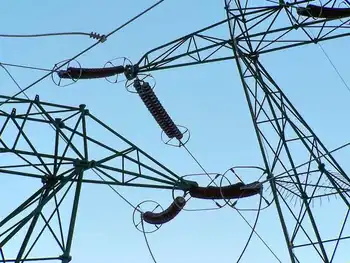
U.S. Residents Averaged Fewer Power Outages in 2022
WASHINGTON - In 2022, U.S. electricity consumers on average experienced about 5.5 hours of power disruptions, a decrease from nearly two hours compared to 2021. This information comes from the latest Annual Electric Power Industry Report. The reduction in yearly power interruptions primarily resulted from fewer significant events in 2022 compared to the previous year.
Since 2013, excluding major events, the annual average duration of power interruptions has consistently hovered around two hours. Factors contributing to major power disruptions include weather-related incidents, vegetation interference near power lines, and specific utility practices. To assess the reliability of U.S. electric utilities, two key…


